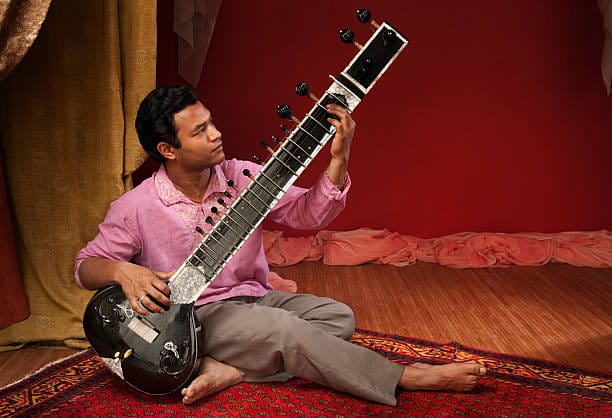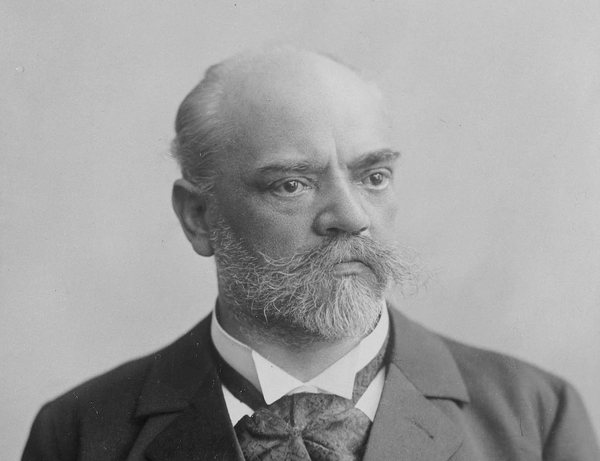The Sitar’s Journey: Evolution and Innovations in Playing Techniques and Repertoire

The sitar, with its mesmerizing tones and intricate melodies, stands as an icon of Indian classical music. Its journey from ancient origins to modern adaptations is a testament to the rich cultural tapestry of the Indian subcontinent and the continuous innovation within its musical traditions. In this exploration, we delve into the history of the sitar, tracing its evolution through centuries, and examine the innovations in playing techniques and repertoire that have shaped its role in Indian classical music.
Origins and Early Development
The roots of the sitar can be traced back to ancient India, where it evolved from earlier stringed instruments such as the veena and rudra veena. The earliest depictions of similar instruments date back to the Gupta period (4th to 6th centuries CE), suggesting a long history of stringed instrument tradition in the Indian subcontinent.
The sitar as we know it today began to take shape during the medieval period, particularly under the influence of Persian and Central Asian musical traditions. It was during the Mughal era (16th to 19th centuries) that the sitar underwent significant development, both in terms of its construction and playing techniques. The addition of sympathetic strings, known as taraf, and the distinctive gourd resonator are features that distinguish the sitar from its predecessors.
Evolution of Playing Techniques
One of the most notable innovations in sitar playing techniques was attributed to the legendary musician Amir Khusrau in the 13th century. Khusrau, a prolific poet, scholar, and musician, is credited with introducing the frets on the sitar, known as pardas. This innovation revolutionized the instrument, enabling musicians to produce more precise pitches and intricate melodies.
Over the centuries, sitarists continued to refine and expand upon these playing techniques. The use of meend (glissando), gamak (ornamentation), and taans (fast melodic passages) became integral aspects of sitar performance, allowing musicians to express a wide range of emotions and moods through their music. Each sitar maestro contributed their unique style and interpretation, further enriching the repertoire and possibilities of the instrument.
Modern Adaptations and Innovations
In the 20th century, the sitar experienced a surge in popularity both in India and around the world, thanks in part to pioneering musicians such as Ravi Shankar and Vilayat Khan. These maestros not only elevated the status of the sitar within Indian classical music but also introduced it to Western audiences through collaborations with artists like George Harrison of The Beatles.
The globalization of music in the 21st century has led to further innovations in sitar playing techniques and repertoire. Contemporary sitarists are exploring new genres and fusion styles, incorporating elements of jazz, rock, electronic music, and beyond into their performances. This cross-pollination of musical traditions has expanded the sonic possibilities of the sitar, pushing the boundaries of tradition while preserving its essence.
Shaping the Role of the Sitar in Indian Classical Music
The evolution of playing techniques and repertoire has played a crucial role in shaping the sitar’s position within Indian classical music. Traditionally, the sitar was primarily associated with the Hindustani classical tradition of northern India, where it served as a solo instrument capable of expressing the full range of human emotions and musical expressions.
However, with the advent of fusion music and cross-cultural collaborations, the sitar has found new avenues for expression. It is now being used in a variety of contexts, including ensemble performances, film scores, and experimental music projects. This versatility has ensured the sitar’s relevance in contemporary musical landscapes while honoring its centuries-old heritage.
Conclusion
The journey of the sitar from its ancient origins to modern adaptations is a testament to the enduring legacy of Indian classical music and the spirit of innovation within its traditions. Through centuries of evolution and experimentation, the sitar has remained a symbol of cultural identity and artistic expression, captivating audiences around the world with its enchanting melodies and timeless beauty. As we look to the future, the sitar continues to inspire new generations of musicians to explore its rich heritage and push the boundaries of musical innovation.





